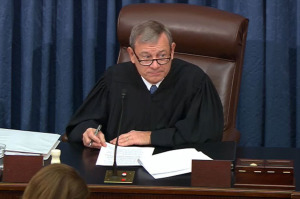Puerto Rico Voters Approve Motion to Become 51st US State
The U.S. territory of Puerto Rico is petitioning to become the 51st state, and all indicators are pointing to voters backing a non-binding referendum that will make it possible.
BBC News reported that almost 80 percent of the island's electorate took part in the referendum, the fourth in the past 45 years, and with almost all the votes counted, close to 54 percent of all voters have supported the pursuit of statehood.
Puerto Rico will still have to pass a couple of hurdles before it officially becomes a state, such as approval from the U.S. Congress. However President Barack Obama, who was also re-elected as the country's leader on Nov. 6, has said that he will not oppose the vote.
Statehood will give Puerto Ricans full citizenship rights, even though the territory already uses U.S. dollars and its citizens are granted American passports. They would also, however, be forced to pay federal taxes, which presently they are exempt from.
Puerto Rico, which first became a U.S. territory in 1898, has a population of about 3,700,000 people, although there a million more Puerto Ricans in the U.S. than on the island. Some notable Puerto Ricans include Supreme Court Justice Sonia Sotomayor, singer Jennifer Lopez and the former jazz musician Tito Puente.
Puerto Ricans expressed why they believe statehood is an important issue for the territory in interviews in the capital, San Juan.
"Puerto Rico has to be a state. There is no other option," said Jerome Lefebre, a young voter. "We're doing okay, but we could do better. We would receive more benefits, a lot more financial help."
"Puerto Rico's problem is not its political status," said Ramon Lopez de Azua, who argued against the proposed statehood.
"I think that the United States is the best country in the world, but I am Puerto Rican first," she added.
Previous votes in 1967, 1993 and 1998 did not receive the clear majority approval needed to approve statehood, but Puerto Rico seems set now on the path to become the 51st U.S. state – meaning the U.S. flag will have to add another star to its design in the near future.





























